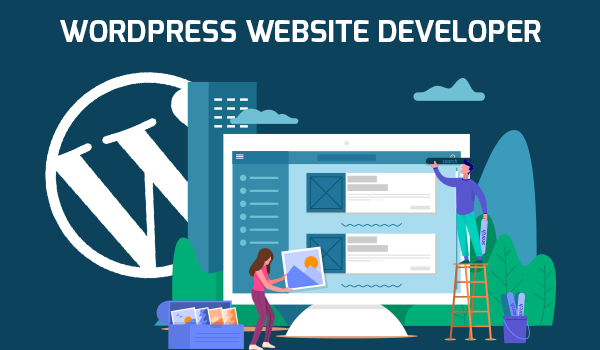In the ever-changing web development world, establishing a Progressive Web App (PWA) has become a critical method for improving user experience and site speed. In this step-by-step tutorial, we will look at how to convert your WordPress site into a PWA by utilizing the benefits of modern web technologies.
Understanding Progressive Web Apps (PWAs)
Progressive Web Apps are web applications that combine the best of web and mobile applications to provide users with a native app-like experience. PWAs are well-known for their responsiveness, speed, and ability to work across several devices and platforms.
Why Create a PWA with WordPress?
WordPress is a sophisticated content management system, and converting your WordPress site to a PWA can provide numerous benefits:
Improved Performance: PWAs load faster, even on poorer network connections, improving the overall performance of your site.
Enhanced User Experience: PWAs provide a smooth and engaging user experience similar to native apps, increasing user retention and satisfaction.
Offline functionality: PWAs can function offline, allowing people to view your site even if their internet connection is weak or non-existent.
Improved Discoverability: PWAs are discoverable by search engines and can be indexed, increasing the exposure of your site on search engine result pages.
Now, let’s have a look at the step-by-step method of creating a PWA with WordPress.
Step 1: Install a PWA Plugin
Installing a PWA plugin will launch the transformation of your WordPress site into a PWA. There are various plugins available, but we’ll utilize the “SuperPWA” plugin for this guide. Here’s how to set it up:
1. Access your WordPress dashboard.
2. Go to “Plugins” > “Add New.”
3. Look up “SuperPWA.”
4. Install and enable the plugin.
Step 2: Configure the PWA Plugin Settings
After you’ve activated the plugin, you’ll need to customize its settings. Navigate to the “Settings” > “SuperPWA” section of your WordPress dashboard. You can customize different parts of your PWA, including the app’s name, description, and the symbol that will appear on users’ home screens, in this section.
Step 3: Enable Offline Support
One of the most important characteristics of PWAs is their capacity to work offline. Follow these steps to enable offline support for your WordPress PWA:
1. Navigate to the “Offline Content” option in the SuperPWA settings.
2. To enable offline support, toggle the switch.
3. Configure offline options like the offline page content.
Step 4: Add a Service Employee
A Service Worker is a background script that allows your PWA to cache resources and provide offline capabilities. Here’s how to incorporate a Service Worker into your WordPress website:
1. In the theme’s directory, create a new file called sw.js.
2. To the sw.js file, add the following code:
javascript
importScripts(‘https://cdn.jsdelivr.net/npm/serviceworker-webpack-plugin/lib/runtime.js’);
const { precacheAndRoute } = new workbox.precaching();
precacheAndRoute(self.__WB_MANIFEST);
Save the file.
Step 5: Verify Your PWA
After completing the settings and installing the Service Worker, it is critical to ensure that your PWA is functioning properly. Here are some resources to aid you in the verification process:
Lighthouse: Use the Lighthouse tool in Google Chrome’s DevTools to audit and test your PWA. It offers information on performance, accessibility, and best practices.
Chrome DevTools Application Panel: In Chrome DevTools, check the “Application” panel to ensure that your PWA is registered and the Service Worker is active.
Step 6: Test Your PWA on Various Devices
Before designating your WordPress site as a full-fledged PWA, it’s critical to evaluate its functionality across several devices and browsers. Check that offline support, quick loading times, and overall responsiveness are consistent across platforms.
Step 7: Submit Your PWA to App Stores (Optional).
You can submit your PWA to platforms such as the Google Play Store or the Microsoft Store if you want users to be able to install it directly from app stores. While this step is optional, it can improve your PWA’s discoverability.
Conclusion
Congratulations! You’ve converted your WordPress site into a Progressive Web App. You’ve unlocked the potential for greater performance, enhanced user experience, and higher discoverability on search engines by following this step-by-step instruction.
As the digital landscape evolves, using new web technologies such as PWAs is critical for keeping ahead. By combining WordPress’s flexibility with the power of PWAs, you’re not only future-proofing your site but also giving users a cutting-edge web experience.
Take the plunge into the world of Progressive Web Apps with WordPress and watch your website soar in terms of performance, user pleasure, and online visibility.
Get Your Website Build here WPDEVELOPERZ



